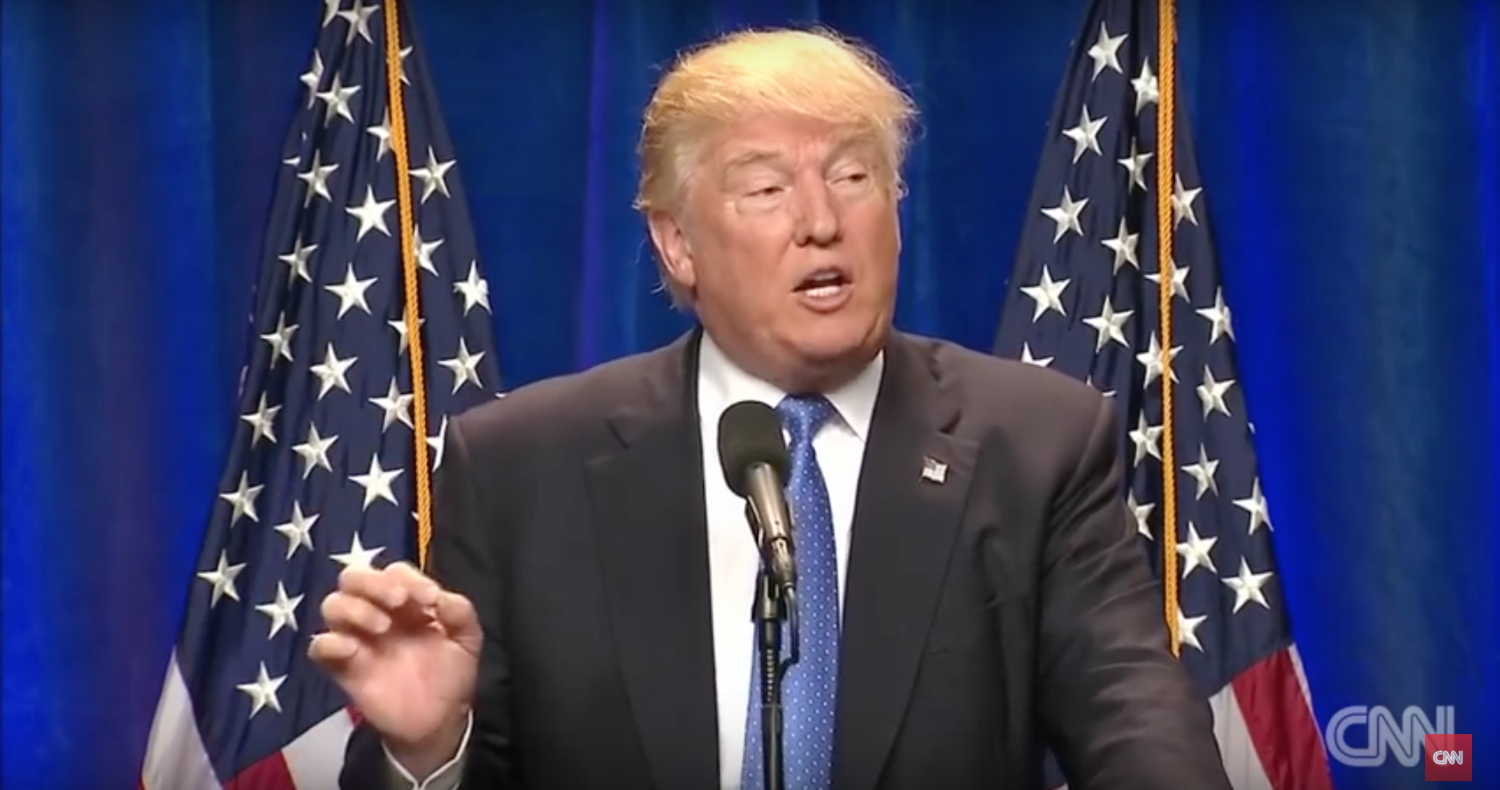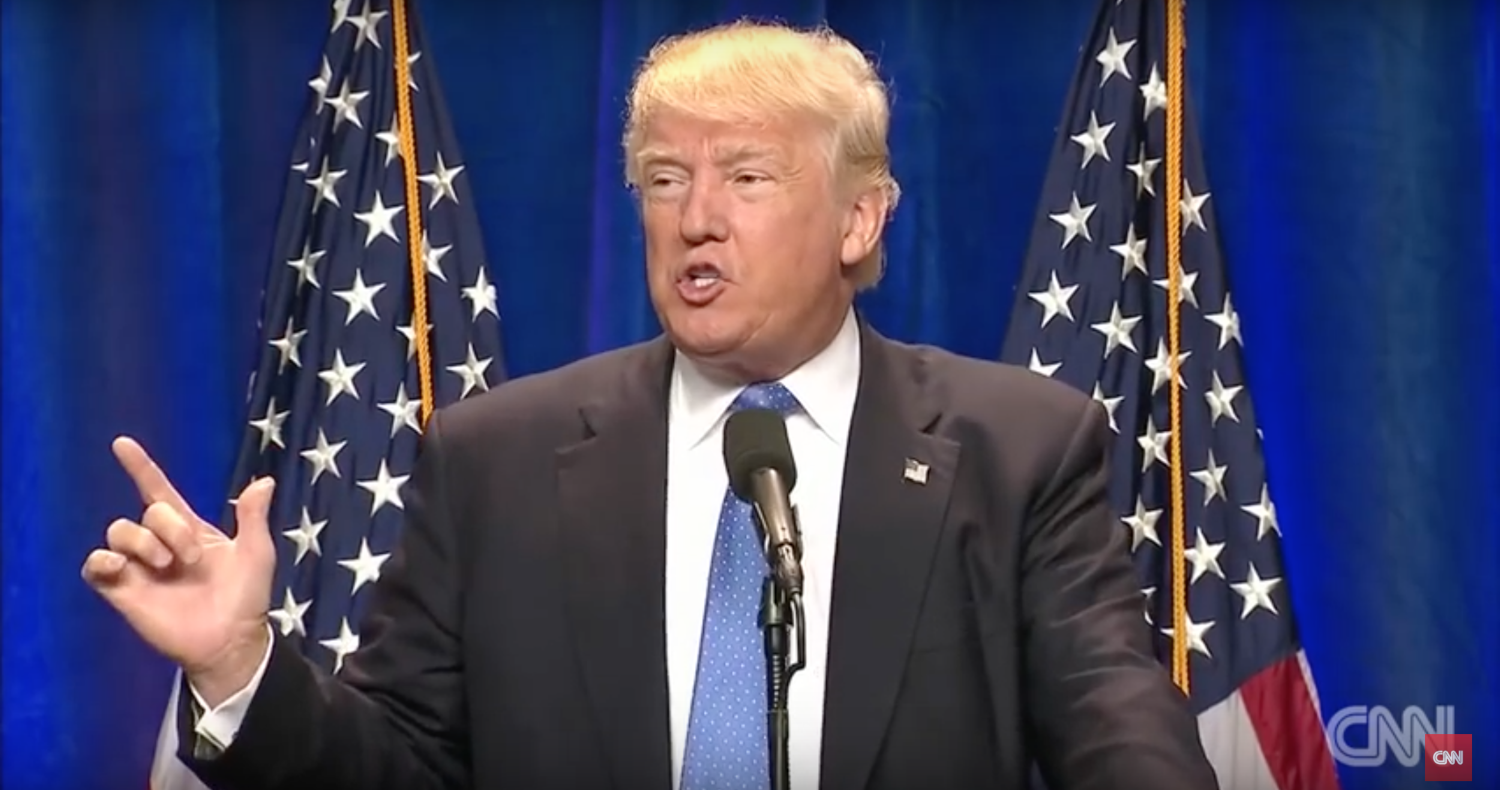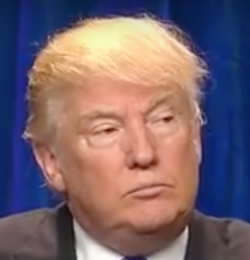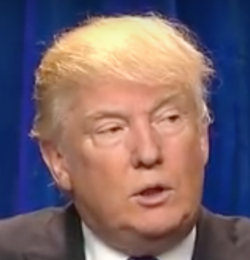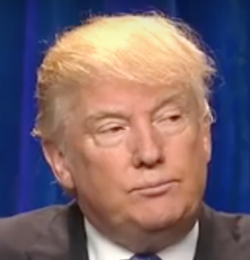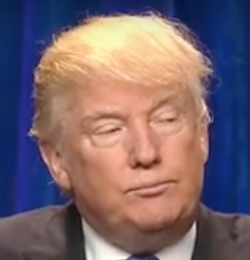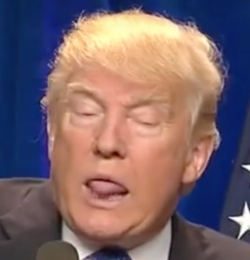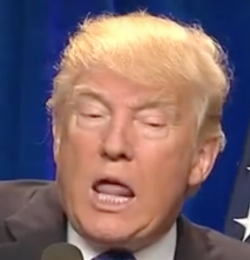Trump's Solitary Game of Rock, Paper, Scissors
Last week I was asked to analyse Donald Trump's body language during his response to the Orlando massacre. I've decided to share my findings in this blog post.
Admittedly, I'm not a fan of Trump or his extreme views. How can I be, when the name in my passport and my family heritage would most probably mean that I wouldn't be able to enter the US, if he was elected.
As you can imagine, I was itching to find something extraordinary- such as nonverbal cues that are at odds with his words. What I found instead, is that he is authentic–his words and nonverbal cues do indeed align. He absolutely believes in what he is saying. Scary, I know, but in a world where we often see politicians' words and actions misaligned, that has to be commended.
There are a few signals that are definitely worth a mention- 'duper's delight', tongue jut, increased blink rate and one sided shoulder shrug. These are very interesting cues and can, if combined with other cues, raise a red flag in deception detection. I'll explain these later.
The most obvious thing to mention about Trump's body language is that he certainly comes across as aggressive, even for those that aren't good at reading nonverbal cues. If you're interested in seeing this amplified, scroll down to the footage below, speed it up x2 (YouTube settings) and turn the sound off. Intense isn't it?
Many of us are good at picking up on nonverbal cues at a subconscious level, which gives us a gut feeling about a person. That's what helps us to decide whether or not we like them and ultimately drives our behaviour. The good thing about understanding body language, is that you can identify the cues you see, confirming (or denying) your gut feeling, enabling you to make better decisions.
What exactly is it that makes us feel that aggression?
We get a feeling of aggression, mainly from his facial expression, specific hand gestures and the speed at which he uses them. On top of this, his hands are expressive at a higher level- towards his shoulders, rather than around waist level, which is where we tend to express under less confrontational circumstances. Try gesturing at both a higher and lower level and feel the difference. He also uses palm down gestures, which are more authoritative than palm up gestures. Though occasionally he does use palm up gestures, for example when he asks a question or states what he wants: "How stupid is that?", (19:43); "Why, explain?", (24:35); "I want all of us to work together" (26:57). We naturally use palm up gestures when questioning or asking for something and palm down gestures to make definitive statements.
His hand gestures are limited to just a few, which are repeated continuously, often forming a pattern- precision grip (to emphasise points), pointing and chopping. As I mimic his movements, while watching the footage at double speed, it feels oddly familiar to me. And then I realise, it feels like a game of Rock, Paper, Scissors!
If you're trying to build trust and respect in an interaction, I'd recommend avoiding palm down gestures, pointing and chopping. Instead of pointing, use an open palm gesture.
Precision Grip, two hands- double the emphasis.
Duper's Delight
Just after Trump states, "We're going from totally incompetent, to just the opposite. Believe me.", he pauses and the crowd applaud him. It seems they do believe him! We then see a very interesting nonverbal signal at 5:09, as Trump tries to conceal duper's delight- concealing a smile that expresses his delight. We do this when we feel we have got away with tricking people into an action or belief. He has, they do believe him! This is so subtle, it's barely noticeable. It doesn't look like a smile in isolation, however, if you compare this to his baseline expression of a downturned mouth (shown here at 5:06), it becomes more evident. In these images, just one second apart, Trump transitions through the concealment, regaining control of his mouth by pursing his lips at 5:11.
Tongue Jut
Similar to the circumstances of duper's delight, Trump demonstrates a tongue jut. Typically, we do this when either we: feel we've got away with something, just been caught or made a mistake. After stating, "Many of the principles of radical Islam are incompatible with Western values and institutions.", Trump nonverbally (open palm gestures) signals to the audience for applause. They applaud and then at 7:46 his tongue juts out. In this context, since his request for applause is honoured, he nonverbally signals that he's got away with it. Again, they believe him. Fortunately for Trump, very few people would notice this, let alone understand it's meaning. Sorry if I gave the game away Donald!
Increased Blink Rate
I talked about increased blink rate in a previous post- typically, when we're feeling stressed, our blink rate increases. It seems, in the moment of silence (2:01 - 2:11) to honour the Orlando massacre victims, Trump's blink rate has increased from his baseline of 18 blinks per minute, to 78 blinks per minute. Is he most stressed when he isn't talking?
One Sided Shoulder Shrug
When we don't have confidence in our words, oftentimes we shrug with just one shoulder. As opposed to a full shoulder shrug (both shoulders), when we are fully confident in the words we say. This (along with other cues) can signify deception- because if we are lying, our words are deceitful and therefore, we aren't fully confident in them. Though, it doesn't necessarily indicate deception- as in this situation, where I think it's more likely that Trump momentarily looses track of his words/speech. He shrugs his shoulder as he says 'really' (7:06) during his statement, "After a full, impartial and long- really long overdue security assessment...".
Notice both his words and his behaviour (body language and vocal power), at this point, seem a little off. His statement actually started earlier (6:55), but he was interrupted with applause (for his previous point). Then he ad-libbed and started his statement again. This disruption in his speech was probably enough to send him off track.
Of course there are hundreds of nonverbal cues within this speech- in just a thirty minute conversation, two people can send over 800 signals! Those explained in this article, are just some that I find the most interesting and significant. You can watch the footage of 'The Donald's' speech below.

